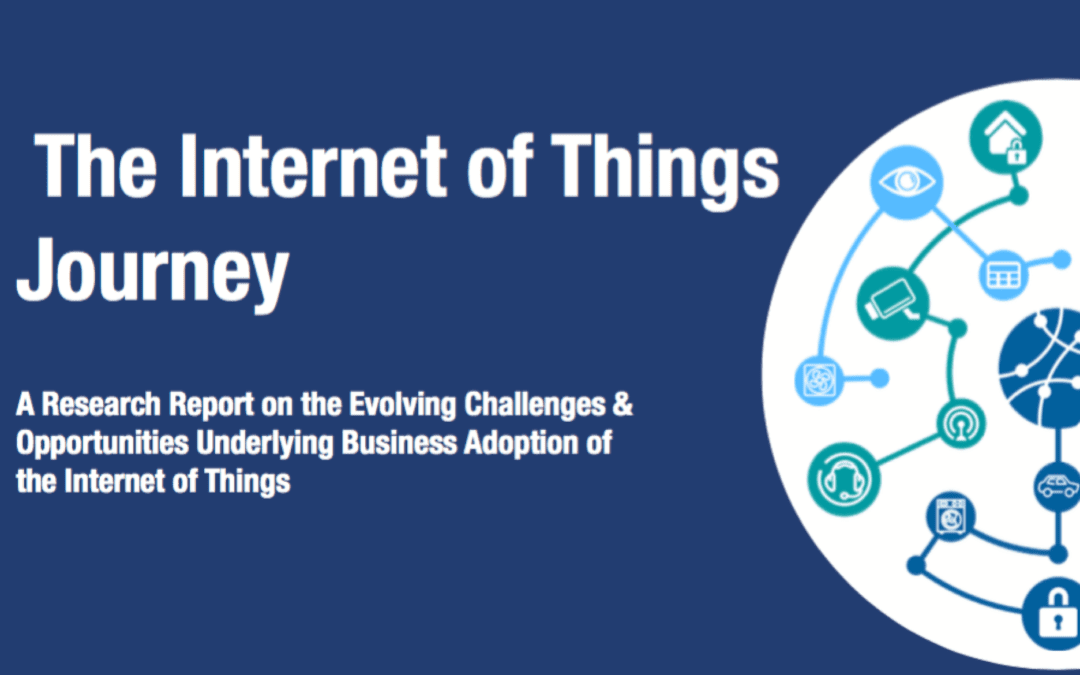Manufacturers across a wide range of product sectors are exploring how to adopt sensors and networked services to improve their products, customer experiences, and business processes. Harbor Research found some 4.3B devices came online in 2015 alone, signaling activity, investment, and adoption in the Internet of Things is at an all-time high.
But despite this frenzy of activity, the reality is that few executives and business developers are actually confident in their Internet of Things (IoT) strategies—never mind the steps and resources required to effectively navigate execution against such strategies. There is a pervasive need not just to understand and strategize around the potential benefits of IoT, but to truly recognize the challenges associated with such initiatives.
To aid in this understanding, I recently led research for Harbor Research in partnership with LogMeIn’s Xively to conduct a joint study, surveying some 600 product manufacturers to gain a deep understanding of their motivations, developmental resources, challenges, and critical collaborations driving successful connected product deployments. Product manufacturers surveyed represent a wide range of venues, and include both business-to-business and business-to-consumer companies. Among those surveyed, we segmented manufacturers by those which were:
- Planning IoT deployments
- Early in their connected product deployments
- Actively underway
A Majority of all Product Manufacturers Surveyed are Well Underway with IoT Initiatives
 The results of our survey were rich with interesting context into the current state of IoT adoption, and a number of insights characterizing each phase of the connected product deployment.. Here is a quick summary of some of the key findings from the research:
The results of our survey were rich with interesting context into the current state of IoT adoption, and a number of insights characterizing each phase of the connected product deployment.. Here is a quick summary of some of the key findings from the research:
- IoT enhances customer insight and support: 95 percent of manufacturers that had already developed connected products report increased customer intelligence around preferences, needs, and preferred modes of interaction
- Revenue is not the common project driver, but a commonly reported benefit: Only 6 percent anticipated revenue would be the top benefit of implementation, yet 87 percent of those who have deployed a product are seeing revenue improvements.
- Business efficiencies are the #1 justification for IoT implementation: Some 34 percent of product companies report that business efficiencies are the #1 justification when selling IoT projects internally.
- Companies underestimate the complexity of security: 46 percent of companies who have actively deployed IoT products cite security as the greatest challenge, while only 30 percent of those in the planning stages anticipate security to be their biggest challenge.
- Interoperability is a design and early deployment headache: 34 percent of companies in the planning stages cite interoperability and integration as their greatest expected challenge and 39 percent of those in early IoT deployment cite it as their greatest challenge. This drops dramatically for active deployment companies where only 23 percent see it as a challenge.
But across numerous questions, segments, and data points, our research conveys another overarching finding:
Deploying effective connected product solutions isn’t a single initiative or implementation, but an ongoing journey.
Today, many companies view IoT as a sort of ‘check-box,’ or ‘set-and-forget’ initiative. Yet to achieve the immense opportunities IoT offers, manufacturers must navigate complexity at each phase of deployment. Furthermore, they must think about deployment not as a linearly achieved destination, but as an ongoing cycle of optimization and learning. Underlying all of this is the need for support and collaboration both internally among departments and externally across partners.
Interested in reading the full report, access it here.

